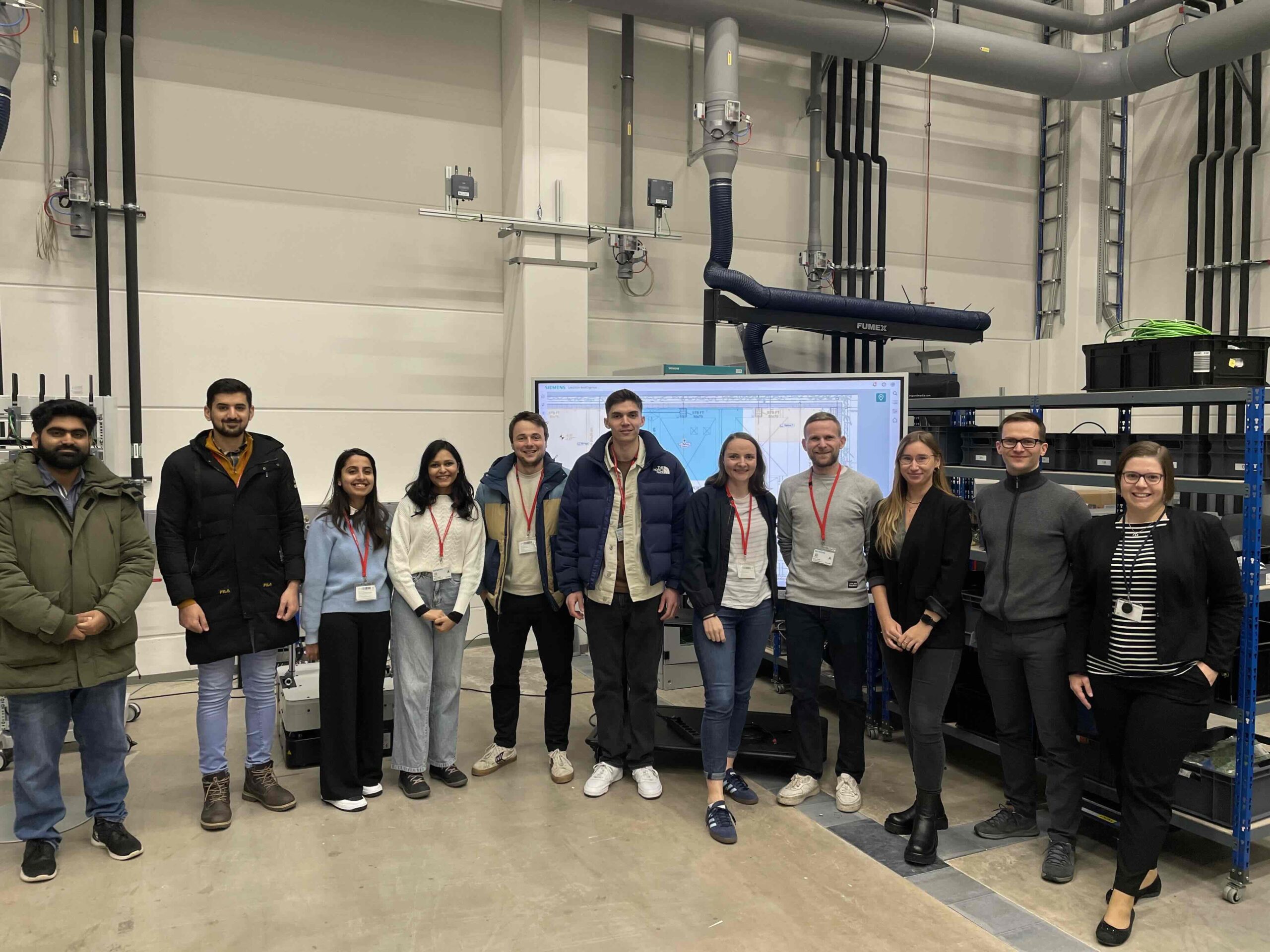OneSpot

In industrial environments, precisely determining locations of objects like robots and mobile units is essential for optimizing workflow and ensuring safety. Traditional localization methods like multilateration often rely on multiple devices and extensive infrastructure, which leads to high costs due to the need for multiple beacons to pinpoint positions.
The aim of the OneSpot project is therefore to drastically reduce the number of required infrastructure devices by integrating both angle (Angle-of-Arrival (AoA)) and distance measurements (Time-of-Flight (ToF)) into a single unit. Instead of relying on the intersection of data from multiple devices, our system can determine an object’s location using just one infrastructure unit, achieving high accuracy while significantly lowering hardware and deployment costs and therefore offering a more efficient and scalable solution for a wide range of applications.
Our system utilizes modern Ultra-Wideband (UWB) chips that support AoA measurements through phase information, which allows for precise 360° angle detection. The infrastructure device is equipped with multiple antennas, enabling it to gather both angle and distance data from a single device. These measurements are processed in real-time to calculate the 2D position of the target. To evaluate the accuracy of the calculated locations, tests are carried out under industrial conditions.
Development Team: Debanjona Bhattacharjya, Hannes Deitert, Omer Khan Jadoon, Shreeja Mallikarjun Kumbargoudar, Nick Rupprecht, Muhammad Afaq Saeed.
Scrum Master: Alexander Weiß, Rebecca Lennartz
YouTube Link: https://youtu.be/3pmxLlmGB8k
Partner: Siemens AG


